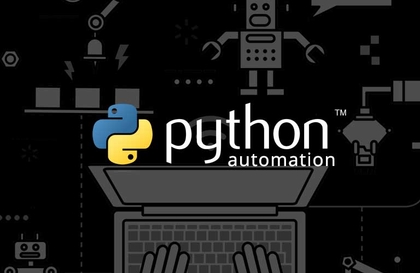
Python School - Work Automation Using Python Programming
boanproject
In the second lecture of Python School, apply business automation to various fields such as IT security and IT development.
Basic
Python
We introduce basic usage and examples for handling Areumhangeul with Python. Let's quickly understand with text and GIFs, and learn the basics of Areumhangeul automation enjoyably by following along with video tutorials.
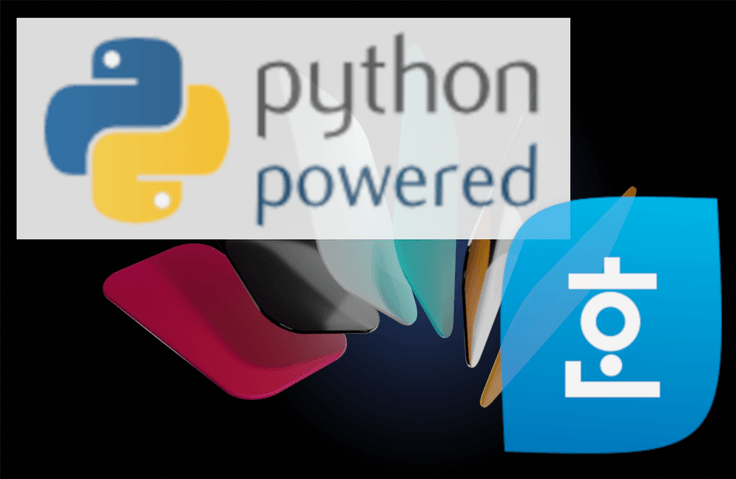
Basic Recipe for 아래아한글 Automation using Python
A collection of questions and answers fully reflecting the concerns of working professionals.
A fresh combination of Python and Hangul!
Code Recipe to Automate Document Creation 🥄
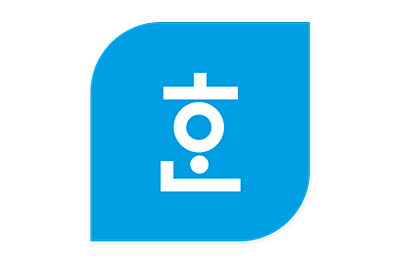
🤔"There are a lot of Excel and Selenium automation courses, but there's no Korean automation course, which I use the most." →❗Learn Korean work automation a little bit every day and automate your work processes little by little.
🤔 "I searched around and found the Korean API documentation, but I have no idea what it means." →❗You don't need to understand everything about the Korean API. Learn the core functions you frequently use through this lecture.
While working at a public institution, I learned about automation in Hangul, Excel, and browsers (groupware). I applied it to various tasks and experienced its effectiveness firsthand. Simple, repetitive tasks like compiling reports and linking with Excel, tasks that would have taken days of overtime manually, became incredibly easy once I took the time to write code. This reduced overtime and, most importantly, infused vitality into my previously lethargic and depressing work life. This lecture is for those who are struggling with similar tasks.
There are numerous courses on business automation, but none of them are related to Arahan Hangul, the most widely used language in government agencies and public institutions. Even instructions on how to use script macros are rarely shared, seemingly confidential. Even if API documentation is available, it's difficult for beginners to understand, making self-study quite challenging. Therefore, I created this Arahan Hangul automation course for office workers who only have basic Python grammar knowledge.
💡 Course Features

Civil servants and
public institution employees

I deal with a lot of Korean formatting
Office workers and self-employed people

Because it is difficult to automate tasks
Those who gave up on learning
Changes after attending the lecture ❗
😎 Through various practical examples, you will be able to customize the coding to your own work.
🥰 If you understand the basic concepts of the Korean API, you can develop it yourself by reading the official documentation.
😆 In the midst of a boring and listless workday, you can experience the joy of solving problems by thinking about coding.
1. Open and close a Korean document
Learn the basic methods for handling Korean in Python, such as opening/closing documents, saving them, and obtaining document information.
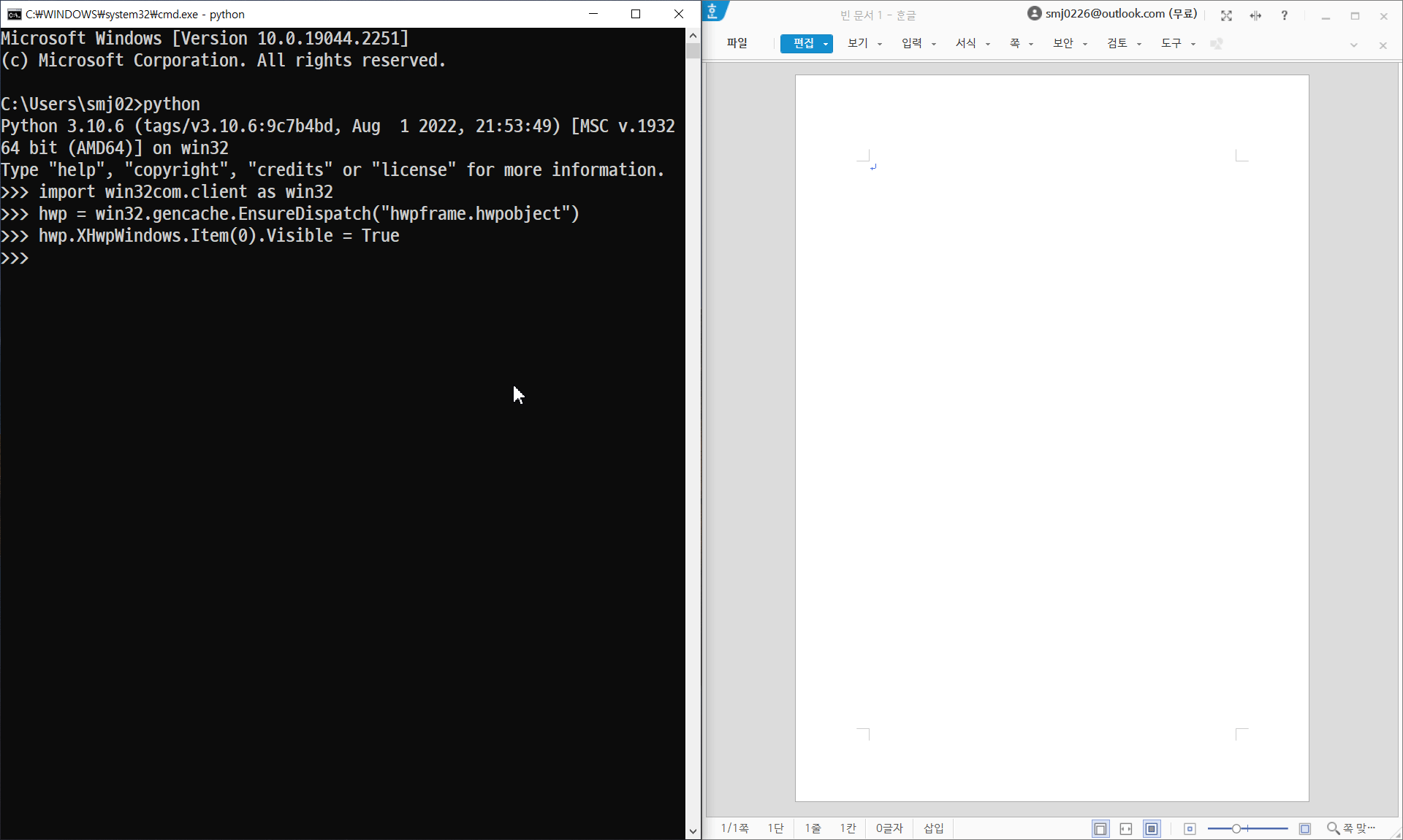
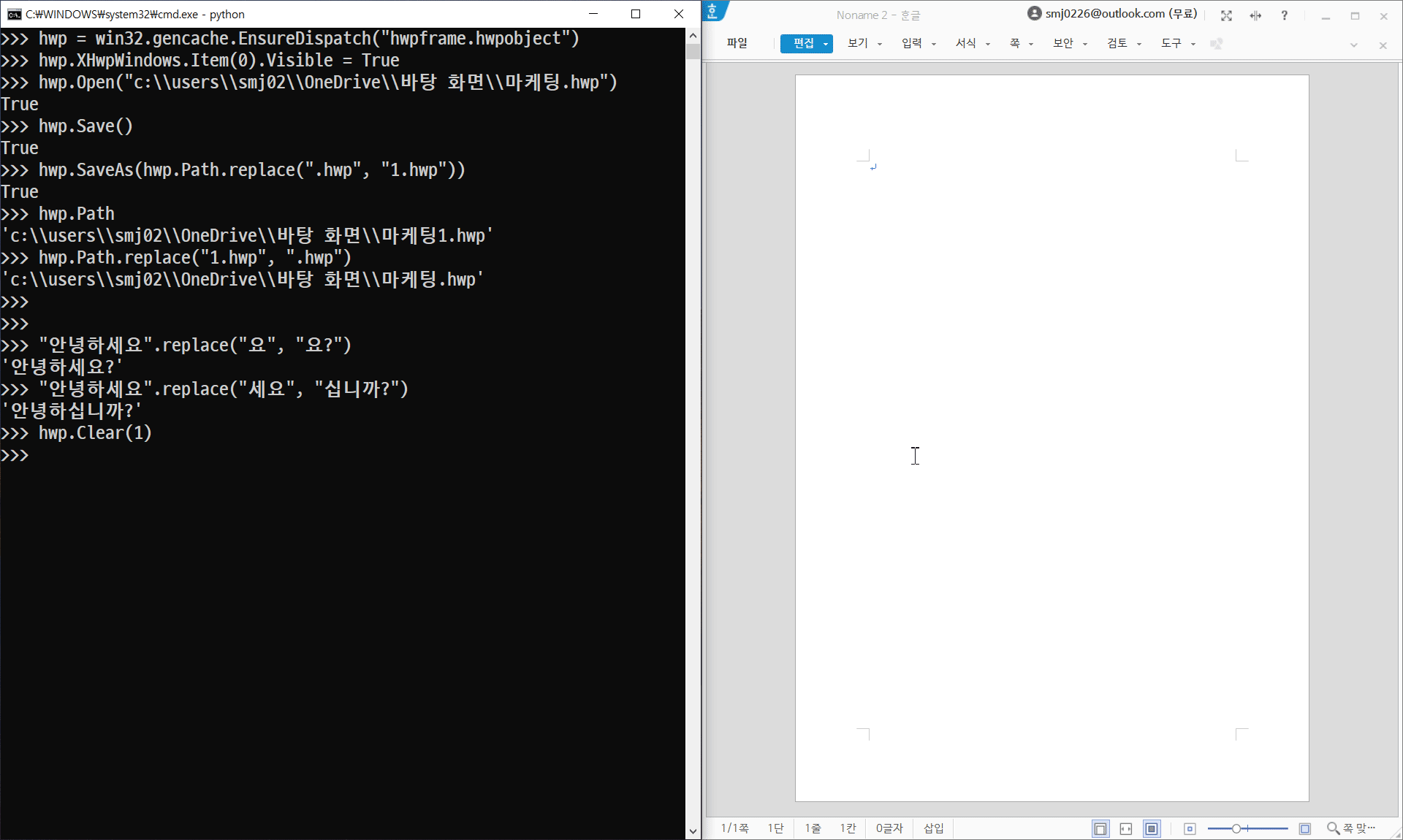
2. Complete the document using fields
Learn about the field features provided by Hangul. You'll also learn the basics of business automation by following tutorials on filling out template documents with Python and extracting and collating specific information from documents.
.gif)
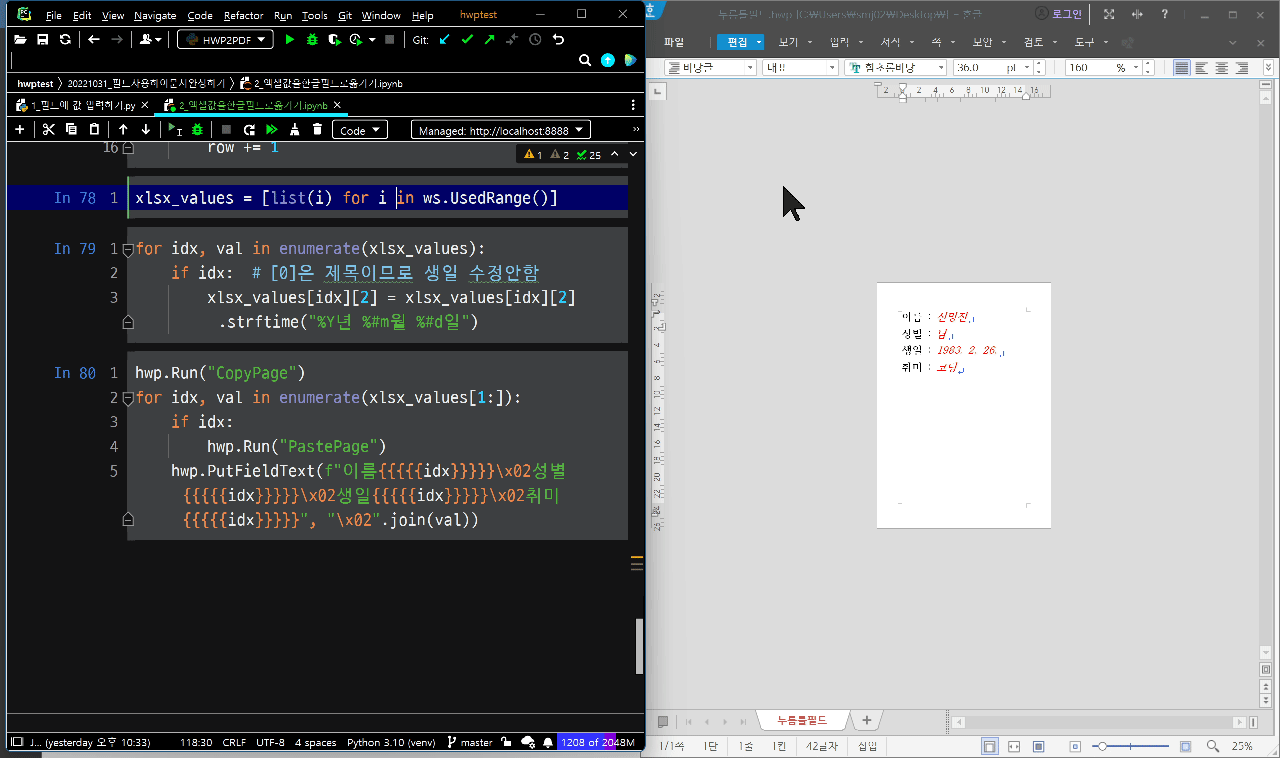
3. Inserting and editing objects such as text, tables, and pictures
Learn automation techniques such as inserting/extracting large numbers of images, creating tables of a specific size and filling them with content, and more.
.gif)
4. ( Intermediate) Batch format changes
Automate various document tasks using advanced methods provided by Hangul.
.gif)
5. Collection of practical examples
We've compiled and presented the questions and answers from practitioners about work automation that we've received over the years while working in related communities.
.gif)
Q. I gave up on learning Python because it was too difficult. Can I still take this course?
If you have motivation and a goal, you'll find it incredibly fun and rewarding. Give it a try!
Q. Can you also create a business automation program for free?
There are no restrictions on students.
Q. Do you have any plans to create an automated course on Excel or Word?
Yes, I do. If the response to the Korean language automation course is positive, I will review it. Thank you.
After seven years working at a public corporation, I recently transitioned to N-Jobber because I loved coding so much. During my tenure, I developed a keen interest in business automation, automating various business processes and gaining experience in small-scale digital transformation. Building on this foundation, I've collaborated with government and public institutions, including the Ministry of Science and ICT, the Ministry of Trade, Industry and Energy, and the Korea Exchange. Currently, I lecture and consult in related fields.
I tried to share my Python-Arahan Korean task automation know-how through YouTube and a blog, but perhaps due to my lack of skill, I didn't get much exposure. I'm cautiously uploading this lecture to Inflearn to share my Korean task automation skills with more people.
🔹 Notes before taking the course
Practice environment
Learning Materials
Player Knowledge and Precautions
Who is this course right for?
Civil servants, public institution employees, and office workers who handle 아래아한글
Regular users of 아래아한글 forms for work or business
Need to know before starting?
Python Basics
아래아한글 Basic Usage
829
Learners
54
Reviews
275
Answers
4.9
Rating
1
Course
안녕하세요?
일상의코딩 블로그를 운영중인 일코입니다.
업무자동화와 관련한 콘텐츠 제작 및 강의 등을 하고 있습니다.
All
82 lectures ∙ (10hr 7min)
Course Materials:
All
54 reviews
4.9
54 reviews
Reviews 5
∙
Average Rating 5.0
5
I have learned how to do purchasing agency work. The core of purchasing agency work is intellectual property rights, and you can never be free from that. (Called by the police station) So not just anyone can do purchasing agency work. The automation of Hangul below also has the same commonality as purchasing agency work. The program is so crappy that it doesn't automate well. This is the biggest weapon of Hangul automation workers. By solving the crappy problems that you are sick of, we create value. Thank you.
Intak-nimㅜㅜㅜㅜㅜㅜㅜㅜㅜ That's rightㅜㅜㅜ Automation doesn't work well;;; In commemoration of your wonderful course review, If you have a Korean/English document that you are writing while doing a purchasing agency, I will help you with one case for free. (I think you took the course because it needed something.) If you send me a description and a sample document to martinii.fun@gmail, I will create a program for you. Thank you. I hope you are doing well and have a happy day!!
Reviews 4
∙
Average Rating 4.8
5
When I choose a programming instructor, I look at two things. 1. Is the instructor truly an expert in the field? 2. Has the instructor contributed to related technologies or communities? I can confidently say that Ilko satisfies both of these. If you have to take a class, I think you should take it from this person. He packages existing Hangul APIs to create his own packages, and is active in the official Hangul and Computer development community, and writes documents and articles on related technologies. In addition to all of the above activities, he provides feedback to students' questions incredibly quickly. What other classes would you take if you have someone like him as an instructor? It's rare to find someone with this level of passion and deep interest in a technology. If you want to take an automation class related to Hangul programs, this is the best class. There is no other choice. If you are hesitant to purchase the class, it's not too late to purchase it first and then evaluate it.
Reviews 1
∙
Average Rating 5.0
Reviews 1
∙
Average Rating 5.0
5
Ilko, please take care of your health and don't suffer from it. Please take your time and make the next lecture quickly. And it would be nice to have more practical examples. Can you add them often?
Yes. I had been thinking about that a lot. Now that I see it written down, I feel more determined. Thank you. I will supplement the lectures from time to time. Have a nice day^^
Limited time deal ends in 6 days
$69,300.00
30%
$77.00
Explore other courses in the same field!